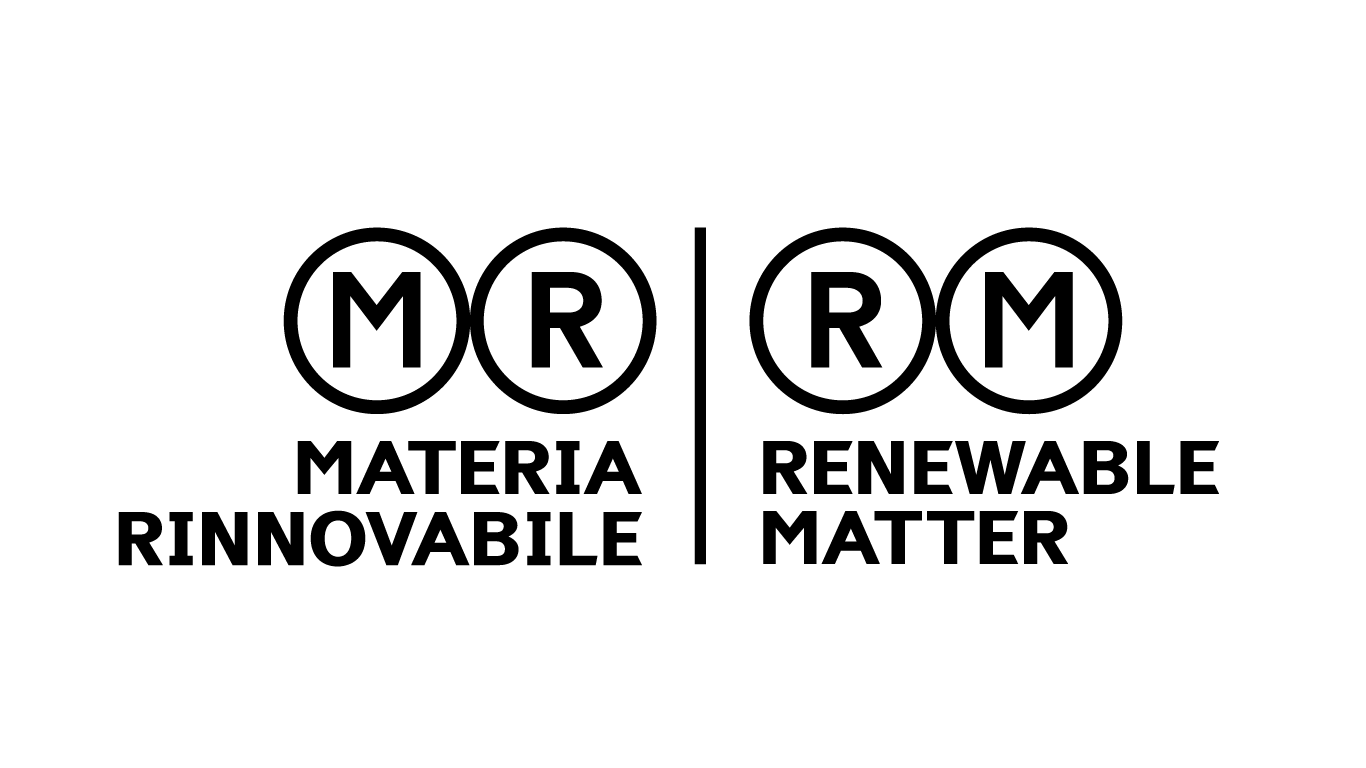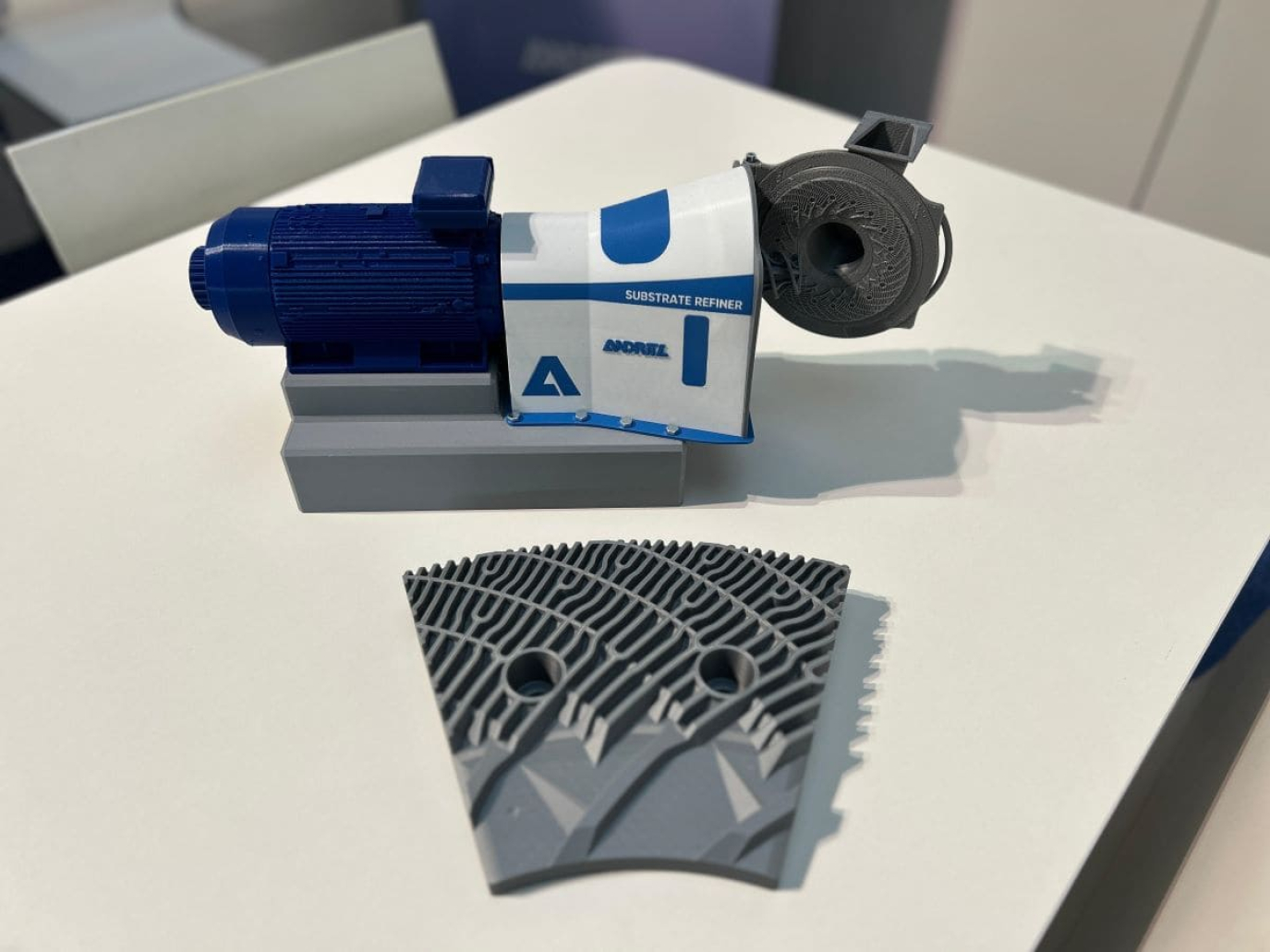This article is also available in Italian / Questo articolo è disponibile anche in italiano
Nowadays, the use of wood fibres in specialised substrates is supporting new soil regulations and anticipates future restrictions on the use of peat, which are expected to be enforced in many countries. Wood fibres can seamlessly complement peat or be combined with other components. Renewable Matter spoke with the engineering giant Andritz at MyPlant&Garden 2025—the premier trade fair for green spaces—to understand how these new materials for urban and domestic greenery are produced. We discussed the subject with Enrico Fuser, Senior Sales Manager at the company.
Let's start by presenting Andritz, for those who don't already know it.
Andritz is an international company headquartered in Graz, Austria, with a second important centre in Vienna. It operates across 80 countries, with dozens of workshops and offices worldwide and a workforce of around 30,000. We specialise in the production of systems and machinery for the pulp and paper sector, wood fibre panels, hydroelectric turbines, recycling, and the metals sector, particularly steel. With a history spanning more than 170 years, Andritz began as a small foundry, and it has constantly worked on process and technology innovation, representing a technological partner for our customers.
How important is sustainability in your products?
We are working with our partners to decarbonise processes, not only through innovative systems such as green hydrogen and carbon capture but, above all, by improving the efficiency of processes and saving resources.
Let’s turn to substrates for greenery, which are in high demand due to the rising number of new plantings. You are seeking to provide the technology to produce substrates using wood waste.
There is a growing need for sustainable materials in the production of substrates and potting soils, either to complement peat or replace it entirely, as recommended in several countries. One such alternative is wood fibre. Given Andritz’s expertise in wood defibration—developed through its technologies for paper mills and wood fibre panel production—we have designed two specialised machines with processes particularly suited to producing fibres for substrates.
Can you tell us about them?
The first, the Substrate Refiner, is based on widely used refining technology. It operates using a high-speed rotor—spinning at around 1,500 rpm—equipped with defibration segments. In combination with a stator, this process generates wood fibre. By adjusting the distance between the two discs, the fibre quality can be tailored to fine, medium, or coarse grades as required, without the need for additional processing. The result is a ready-to-use material that can be blended directly with soil. The second technology that we are introducing, the Substrate Pressafiner, is a rotating screw that operates at just 100 rpm. Exceptionally robust, it features an adjustable production process. Both machines are highly compact, measuring between four and six metres in length, making them suitable even for small spaces. They operate automatically with a simple production management. The machines have been designed to be easily maintained with components that can be readily replaced when worn out, ensuring continuous production.
What types of wood can be used?
You can use virgin wood, recycled, woody compost residue, sawmill leftovers, but also “non-wood” plants such as bamboo, miscanthus, and others.
Cover: Envato image



